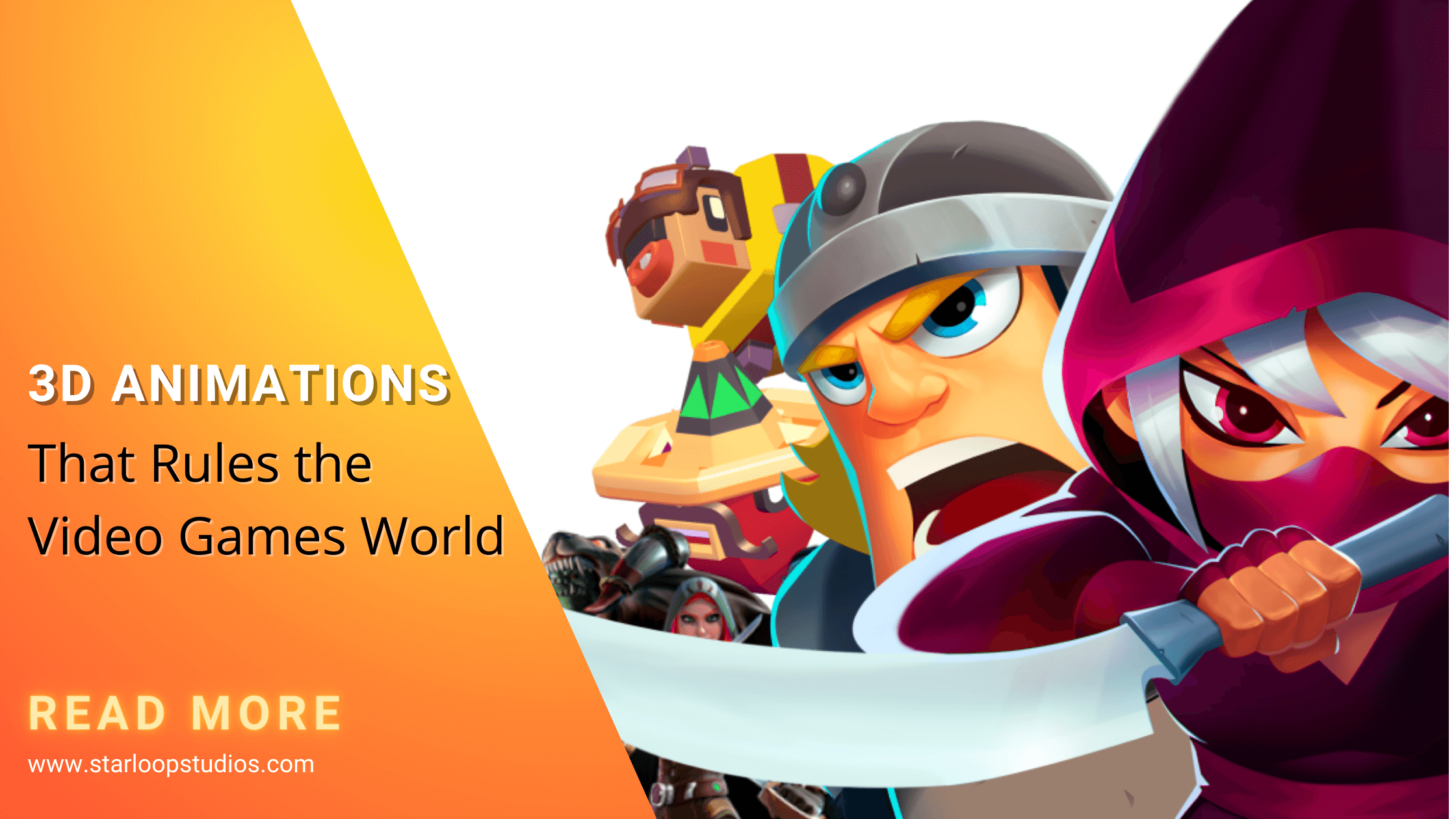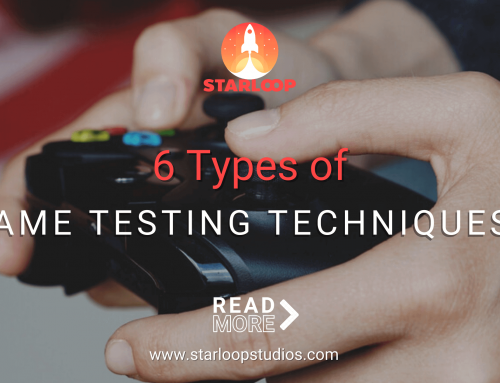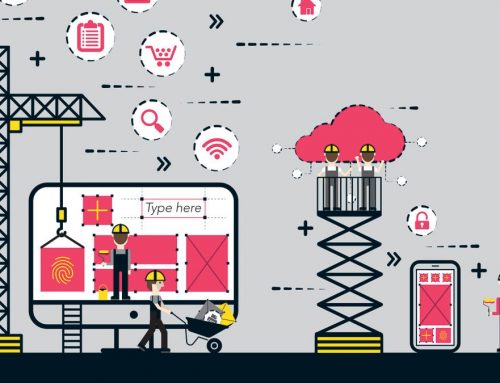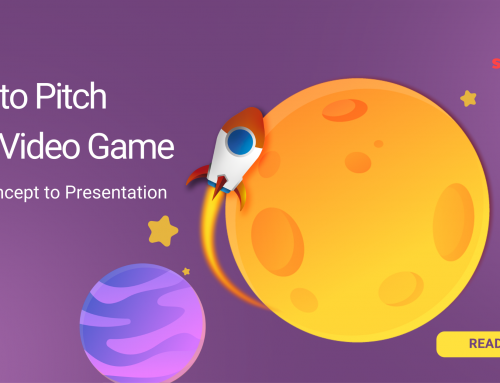Gracias al avance de la tecnología y de diversos programas, la animación 3D de los juegos ha avanzado cada vez más en los últimos años. La animación en 3D está captando cada vez más la atención y la imaginación de los jugadores a través de muchas formas y colores y a través de formas muy realistas.
Por eso, las animaciones 3D se han hecho tan populares en la industria de los videojuegos. Además, el hecho de que permitan a los jugadores hacer mucho más que un juego en 2D es una razón más para que las animaciones en 3D sean tan populares. A diferencia de la animación 2D, la animación 3D invita al jugador a adentrarse en el espacio con altura, anchura y profundidad, proporcionando el máximo realismo y gran cantidad de detalles. La animación 3D ya ha penetrado en los más diversos ámbitos de nuestra vida y ha ampliado los límites de la realidad.
Para crear fantásticas animaciones en 3D, los artistas de juegos manipulan objetos tridimensionales y entornos virtuales con programas especiales. Normalmente, el software que se utiliza para crear juegos de animación en 3D incluye muchas funciones que permiten hacer cualquier cosa, desde el modelado básico hasta la simulación y el renderizado. El programa también contiene herramientas para añadir iluminación, efectos visuales, física y otros elementos imprescindibles.
Algunos programas destacados con los que los artistas de juegos pueden contar a la hora de trabajar son:
- Autodesk Maya
- Autodesk 3ds Max
- Unity
- CINEMA 4D
- Houdini
- Autodesk Softimage
- LightWave
- Modo
- TurboCAD Deluxe
- SketchUp Pro
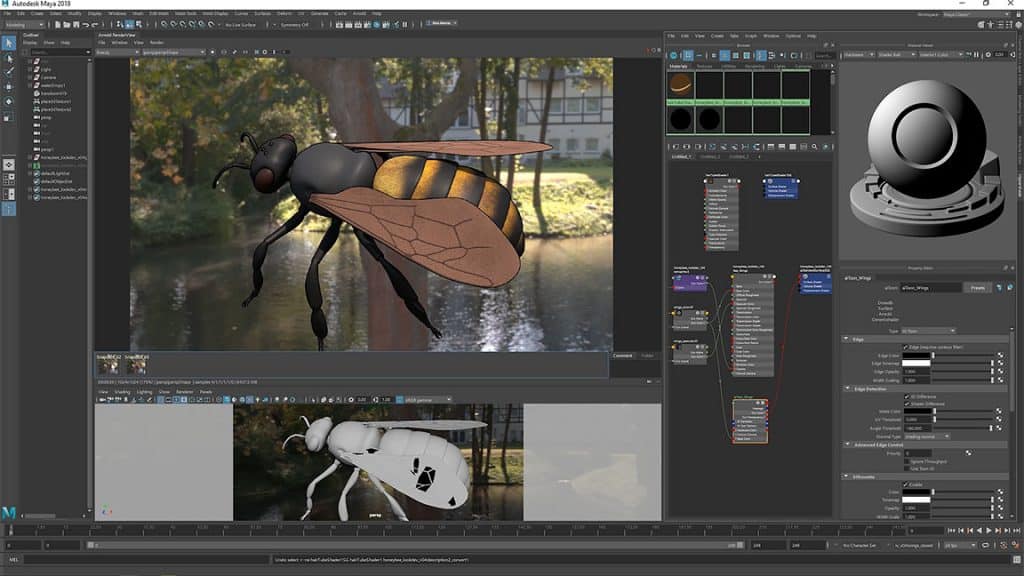
Ejemplo del Programa Autodesk. Fuente de la Imagen: www.autodesk.com
Estos programas ayudan a los artistas de juegos a crear varios tipos de animaciones 3D que dominan el mundo de los videojuegos. Pero el término de animación 3D es un término general porque incluye muchos tipos de animaciones.
Seis Estilos de Animación 3D
1. 3D Digital
Este tipo de animación está pensada para una experiencia visual única; más concretamente, los jugadores no interactúan con los objetos del entorno digital. Los artistas de juegos suelen trabajar con programas de software como Cinema 4D, Maya o SketchUp para realizar estas animaciones 3D digitales. También se utiliza para crear héroes digitales para películas de acción real y vídeos de juego para videojuegos. Como la creación de animaciones en 3D es más complicada de lo que parece a primera vista y requiere un gran volumen de trabajo, es necesario que participen muchos profesionales.
El artista conceptual es el que visualiza el concepto del juego y crea bocetos detallados de los personajes, los entornos y todos los objetos del juego.
A partir de los bocetos del artista conceptual, el modelador 3D crea un modelo 3D de los personajes y de todo el entorno digital.
En esta fase, el animador 3D crea un esqueleto del modelo 3D y define sus movimientos y comportamientos. La carga de trabajo es enorme para el animador 3D porque los objetos 3D se renderizan en 360º constantemente, y todas sus partes son siempre visibles. Por lo tanto, cada fotograma es procesado por un ordenador distinto, por lo que el proceso de trabajo puede llevar mucho tiempo.
2. 3D Interactivo
Como su nombre indica, el jugador puede moverse en el entorno 3D con el ratón e interactuar con la animación 3D. Para crear animaciones 3D interactivas, los artistas de juegos utilizan un software especial, que tiene innumerables posibilidades para implementar este tipo de animación.
Dado que los jugadores pueden interactuar con el entorno 3D, este tipo de animación exige requisitos especiales. Por ejemplo, todo debe ser personalizable porque el jugador puede ver los objetos desde diferentes ángulos. Esto incluye la creación de personajes, ya que deben responder correctamente a todos los comandos del jugador.
3. Realidad Virtual 3D
Este tipo de animación es altamente compleja. Para poder jugar a los videojuegos que utilizan la Realidad Virtual 3D, los jugadores necesitan unos cascos especiales de RV, como las Google Glass o las Oculus. Gracias a estos dispositivos, se sumergen por completo en el entorno virtual. Por lo tanto, los entornos y los objetos deben parecer muy reales.
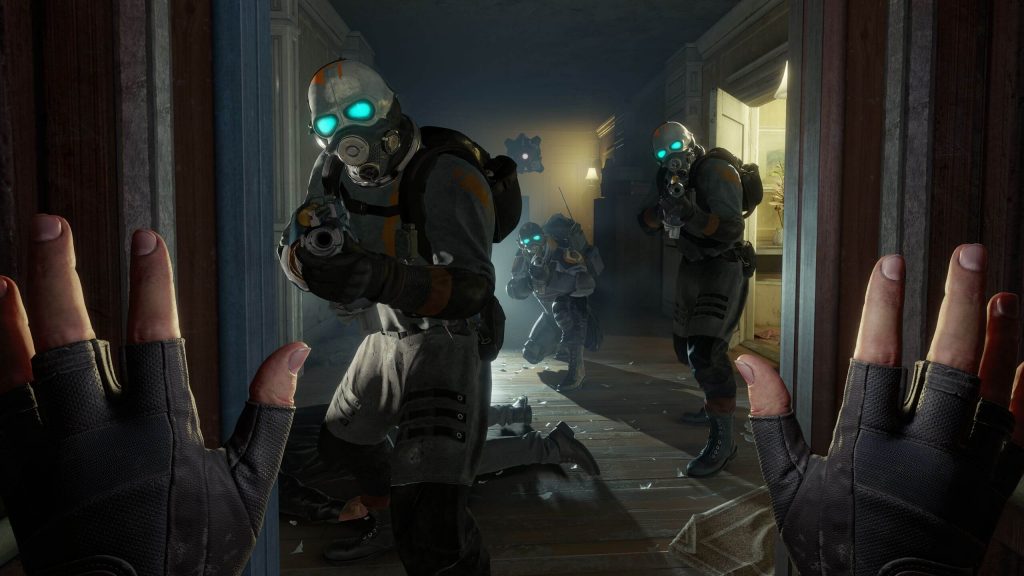
Fuente de la Imagen: www.techradar.com
4. Stop Motion
La animación stop motion se realiza fotograma a fotograma con imágenes de los elementos. Los fotogramas se manipulan físicamente en pequeños pasos y se reproducen rápidamente para crear la animación 3D. Aunque los artistas tienen un gran margen para utilizar su creatividad, deben prestar especial atención y paciencia para crear animaciones en stop motion. Un fotograma capturado de forma incorrecta conduce a una recreación completa de la composición.
5. Cel Shading
La animación Cel-shaded también se conoce como Cel shading o Toon shading y es un tipo de renderizado no fotorrealista diseñado para que los gráficos por ordenador parezcan dibujados a mano. Este tipo de animación 3D se utiliza a menudo para imitar el estilo de los cómics o los dibujos animados.
El proceso de cel-shading comienza con un modelo 3D típico. La diferencia entre el cel-shading y el renderizado convencional es el uso de una iluminación no fotorrealista. Los valores de iluminación convencionales se calculan para cada píxel y luego se asignan a un pequeño número de tonos discretos para crear el característico aspecto plano, en el que las sombras y las luces parecen más bien bloques de color en lugar de mezclarse suavemente.
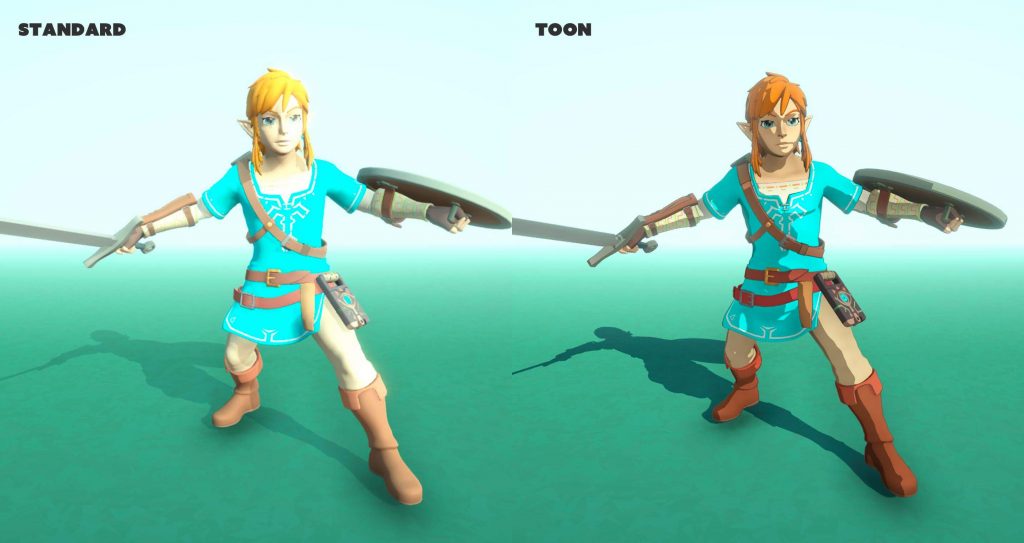
Fuente de la Imagen: www.forum.unity.com
6. Motion Capture
Este tipo de animación 3D es indispensable en los títulos de juegos AAA, proyectos móviles y desarrollos de películas. Gracias a la animación motion capture 3D, los movimientos de los personajes se vuelven muy realistas. La principal característica de esta animación es la toma del movimiento de un actor para la animación de los personajes.
El motion capture ofrece varias ventajas con respecto a la animación tradicional por ordenador de un modelo 3D. Por ejemplo, el movimiento complejo y las interacciones físicas realistas pueden recrearse fácilmente de forma físicamente precisa.
Además, la cantidad de datos de animación producidos en un tiempo determinado es considerable en comparación con las técnicas de animación tradicionales. Esto contribuye tanto a la rentabilidad como al cumplimiento de los plazos de producción.
El mundo de la animación es muy variado. La animación 3D para juegos plantea toda una serie de nuevos retos en el proceso de desarrollo del juego, pero al mismo tiempo ofrece resultados gratificantes. Especialmente si se opta por trabajar con un equipo de artistas con talento que utilizan el software profesional necesario para proporcionar servicios de animación 3D para proyectos de cualquier complejidad.
Por qué Starloop Studios
En Starloop Studios, podemos crear cualquier idea de animación 3D y darle vida. Gracias a la experiencia, las habilidades y la visión creativa de nuestro equipo, podemos modelar, crear el diseño, animar tu personaje y renderizarlo.
Starloop Studios is proud to be part of the Magic Media group, an international group specialising in entertainment and gaming industry services. Our wide range of offerings includes VFX, blockchain gaming, game art services, and more. Reach out today to avail of our expertise and A-Z services for your projects.
